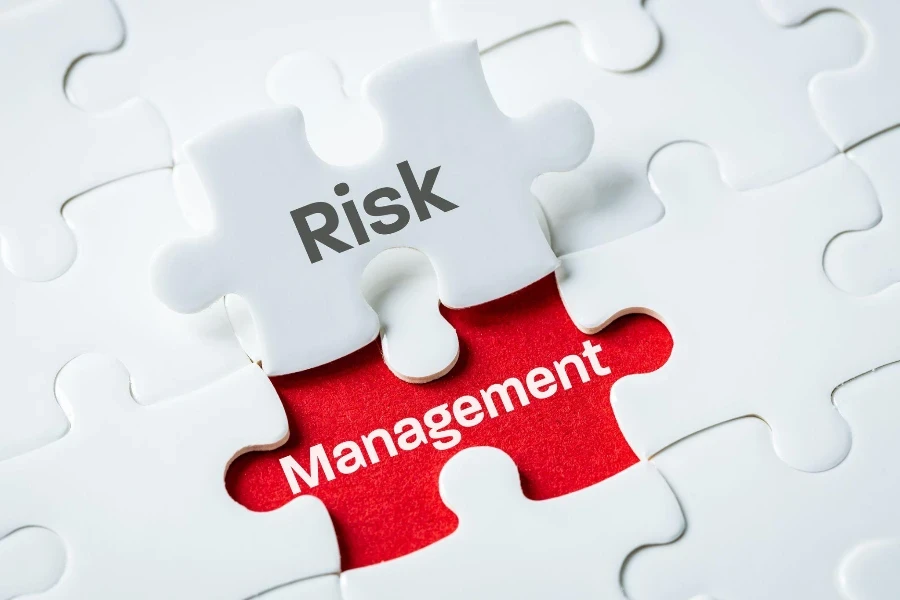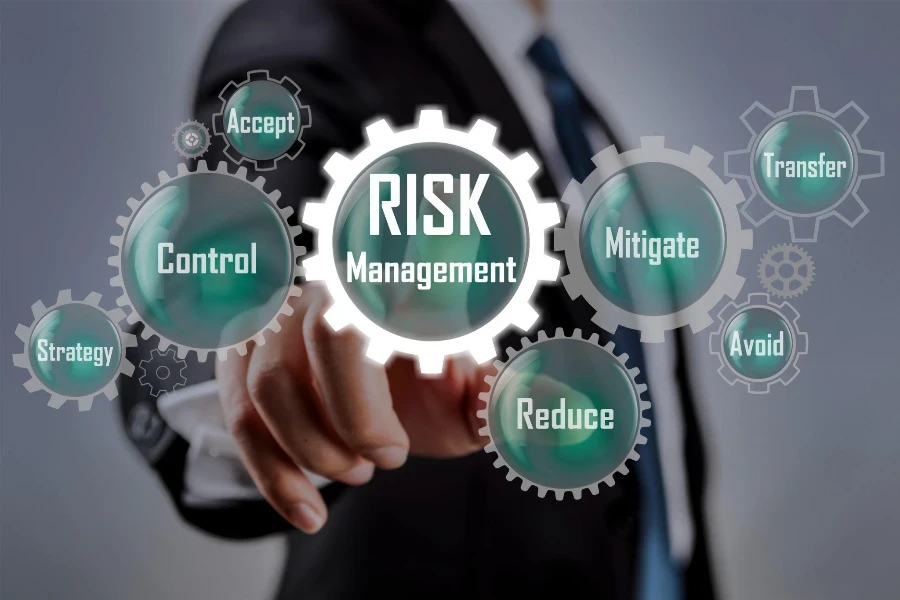In the ever-evolving landscape of business, risk management emerges as a cornerstone for sustainable growth and stability. It’s a discipline that, when executed with precision, can steer companies away from potential pitfalls and towards opportunities for resilience and expansion. This article unfolds the concept of risk management, breaking it down into digestible insights that cater to the curious mind. Join us as we explore the critical components of risk management, highlighting the importance of adopting a proactive approach to identifying, assessing, and mitigating risks.
Table of Contents:
– Understanding the fundamentals of risk management
– The importance of risk identification in business
– Strategies for effective risk assessment
– Risk mitigation techniques and their application
– The role of continuous monitoring in risk management
Understanding the fundamentals of risk management

Risk management is an integral part of any successful business strategy. It involves identifying potential risks that could threaten the organization’s operations, financial performance, or reputation. This initial step is crucial for setting the stage for further analysis and action. By understanding the nature and source of these risks, businesses can better prepare themselves for the challenges ahead.
The process doesn’t stop at identification. It extends to evaluating the likelihood and impact of each risk, enabling organizations to prioritize their responses. This prioritization is essential, as it helps businesses allocate their resources more efficiently, focusing on the most significant threats.
Moreover, risk management is not a one-time task but a continuous cycle. The business environment is dynamic, with new risks emerging as others fade away. Therefore, organizations must remain vigilant, updating their risk management strategies to reflect the changing landscape. This adaptability is key to maintaining resilience in the face of uncertainty.
The importance of risk identification in business

Risk identification serves as the foundation of risk management. Without a comprehensive understanding of the potential risks, businesses cannot formulate effective strategies to address them. This stage involves a thorough examination of the internal and external environment, looking for factors that could derail the organization’s objectives.
Techniques such as SWOT (Strengths, Weaknesses, Opportunities, Threats) analysis and PESTLE (Political, Economic, Social, Technological, Legal, Environmental) analysis can be invaluable tools in this process. They provide a structured way to explore the business landscape, uncovering risks that might not be immediately apparent.
Engaging stakeholders in the risk identification process can also yield significant benefits. Employees, customers, suppliers, and other parties may offer unique perspectives on potential risks, contributing to a more robust risk management strategy. This collaborative approach ensures that no stone is left unturned in the quest to safeguard the business.
Strategies for effective risk assessment

Once risks have been identified, the next step is to assess their potential impact and likelihood. This assessment is critical for prioritizing risks, guiding businesses in focusing their efforts where they are most needed. Various tools and methodologies can aid in this process, including risk matrices and qualitative and quantitative analysis techniques.
Risk assessment is not purely about negative outcomes. It also involves recognizing opportunities that risks may present. For instance, a technological risk could prompt the adoption of new, more efficient systems, leading to operational improvements. Viewing risk through this dual lens of threat and opportunity can enhance strategic decision-making.
Documentation plays a crucial role in risk assessment. By maintaining detailed records of identified risks and their evaluations, businesses create a valuable knowledge base. This documentation can inform future risk assessments, contributing to a more informed and effective risk management process.
Risk mitigation techniques and their application

Mitigating risks is about taking proactive steps to reduce their likelihood or impact. This can involve a range of strategies, from avoiding and transferring risks to accepting and controlling them. The choice of strategy depends on the nature of the risk and the organization’s risk appetite.
For example, insurance policies can transfer financial risks to another party, while robust quality control systems can help avoid operational risks. Similarly, diversifying suppliers can mitigate the risk of supply chain disruptions. Each of these strategies requires careful consideration and planning to be effective.
Training and education are also vital components of risk mitigation. By equipping employees with the knowledge and tools they need to recognize and respond to risks, businesses can build a culture of risk awareness. This culture empowers individuals at all levels of the organization to contribute to risk management efforts, enhancing overall resilience.
The role of continuous monitoring in risk management

Continuous monitoring is the final piece of the risk management puzzle. It involves regularly reviewing and updating risk management strategies to ensure they remain effective in the face of changing circumstances. This ongoing vigilance is crucial for catching new risks early and adjusting course as needed.
Technology can be a powerful ally in this endeavor, offering tools for real-time risk monitoring and analysis. These systems can provide timely alerts to potential threats, enabling swift action to mitigate them. However, technology should complement, not replace, human judgment and expertise.
Feedback loops are essential for continuous improvement in risk management. By systematically reviewing the outcomes of risk management activities, businesses can learn from their experiences, refining their approaches over time. This learning mindset is key to evolving risk management practices that can withstand the tests of time and change.
Conclusion
Risk management is an essential discipline that equips businesses to navigate the uncertainties of the modern world. By understanding and applying the principles of risk identification, assessment, mitigation, and continuous monitoring, organizations can protect themselves against potential threats while seizing opportunities for growth. Embracing risk management is not just about avoiding pitfalls; it’s about setting the stage for sustainable success in an unpredictable environment.



